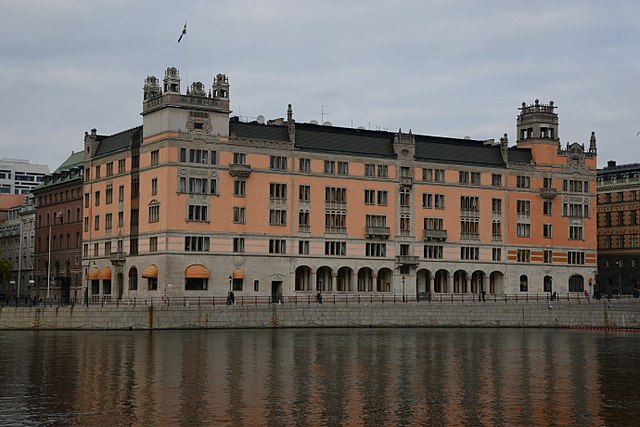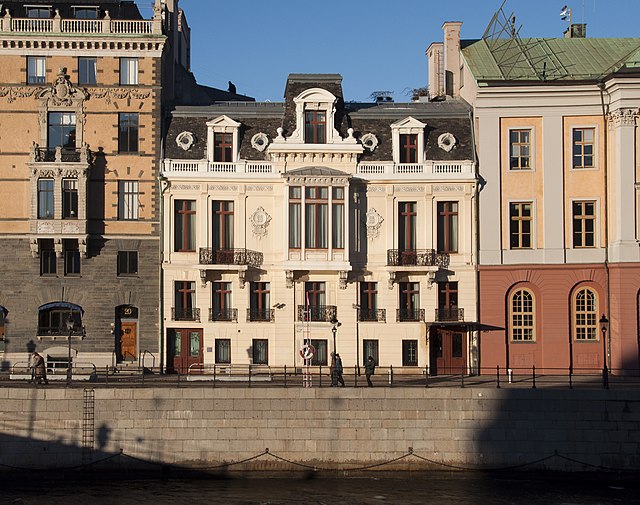The prime minister of Sweden is the head of government of Sweden. The prime minister and their cabinet exercise executive authority in the Kingdom of Sweden and are subject to the Parliament of Sweden. The prime minister is nominated by the speaker of the Riksdag and is elected by the chamber by simple majority, using negative parliamentarianism. The Riksdag holds elections every four years, in the even year between leap years.
Prime Minister of Sweden
The Rosenbad building has functioned as the Prime Minister's Office (Statsrådsberedningen) since 1981.
The Sager House is the Prime Minister's official residence since 1995.
Harpsund Manor has been used as the Prime Minister's country residence since 1953.
In the executive branch, the head of government is the highest or the second-highest official of a sovereign state, a federated state, or a self-governing colony, autonomous region, or other government who often presides over a cabinet, a group of ministers or secretaries who lead executive departments.
The prime minister of India (Indira Gandhi) and the president of the United States (Richard Nixon) in 1971
President Dilma Rousseff of Brazil and President Christina Kirchner of Argentina in 2015.
The heads of government of five members of the Commonwealth of Nations at the 1944 Commonwealth Prime Ministers' Conference. From left to right, Mackenzie King (Canada), Jan Smuts (South Africa), Winston Churchill (United Kingdom), Peter Fraser (New Zealand), and John Curtin (Australia).
Image: Olaf Scholz in 2023 (cropped)








